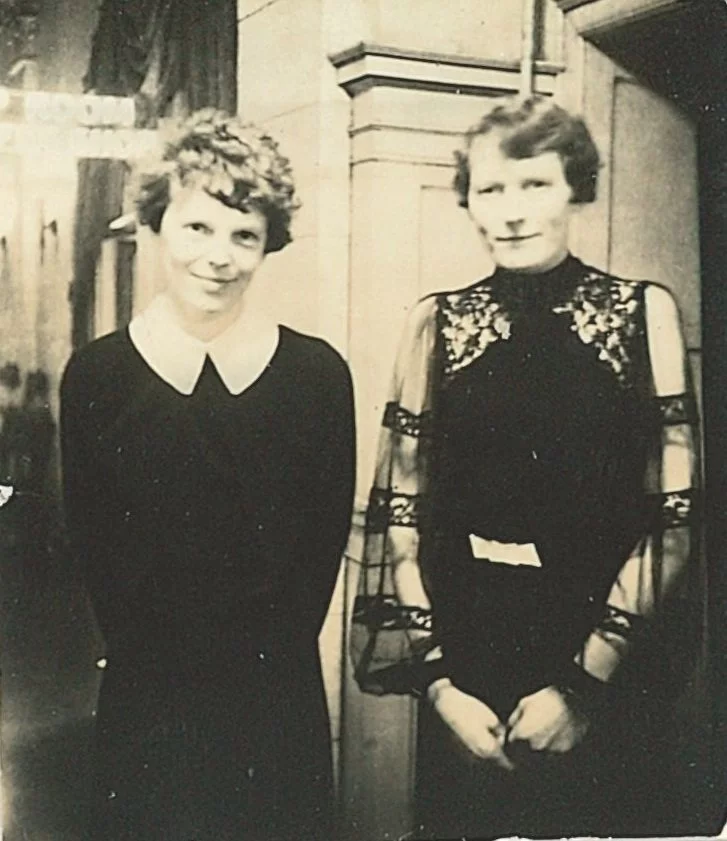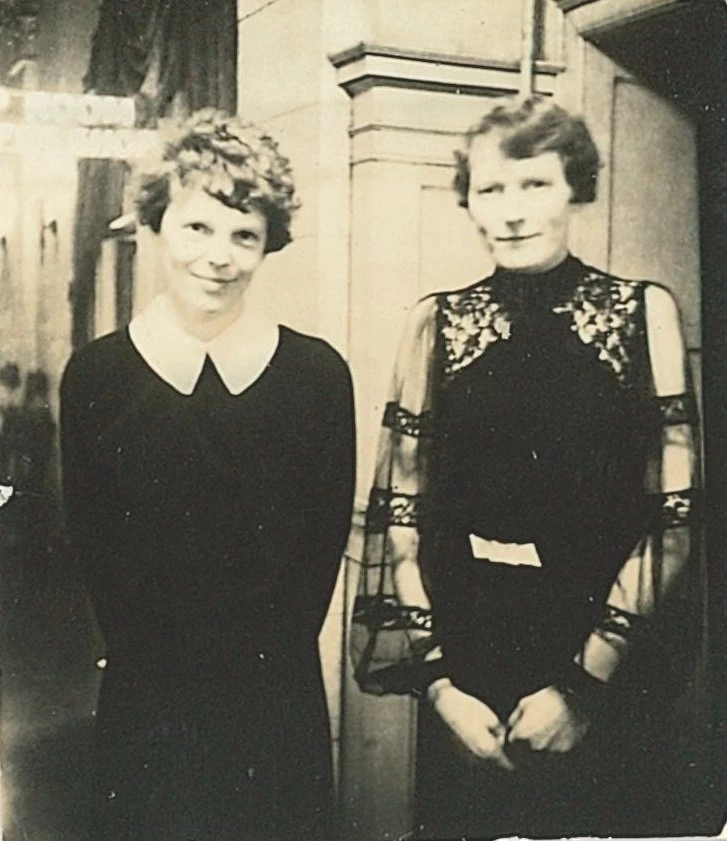Although the COVID-19 pandemic has forced the McLean County Museum of History to temporarily close its doors to the public, the Library/Archives staff remains as engaged as ever—shutdown or not.
One thing that has kept us busy is accepting and processing donations from folks like you.
As a not-for-profit institution, the museum is dependent on donations to enlarge its historically invaluable collections of objects, papers, and other items to ensure that the stories of the past remain alive both for us today, and for those who follow tomorrow. We take what we do here seriously, because preserving the past for future generations is serious business.
The museum has received many fascinating donations these past several months, including one by former local resident Sandra Brenneman Oldendorf, who now calls Bozeman, Mont. home.
Her rich and varied donation included letters she received from Richard Mehl during the Vietnam War. Mehl, a U.S. Marine at the time, was a Stanford High School classmate of Sandra’s. She also donated documents from the founding and early years of the local chapter of the National Organization for Women, of which she played a role, as well as various items, dating to 1972 and 1973, from the Girl Scout’s Camp Peairs on shores of Lake Bloomington.
Sandra also gifted to the museum a range of material that speaks to her family’s deep connections to this area—such as a handwritten family genealogy record book kept by Otto J. Brenneman, Sandra’s great-grandfather who passed away in 1934.
Also included were two journals—covering the years 1916 to 1921—kept by Otto’s daughter, Elsie Brenneman, who was born in 1899 and came of age on the family farm in western McLean County, along the Tazewell County line.
Brenneman’s journals offer a window into life on a Central Illinois farm, as experienced by an intelligent young woman. Sometimes, though, the triumphs and tragedies of the wider world intruded onto this quiet corner of the Corn Belt.
“This morn at 6 o’clock we got word that Germany has signed the Armistice. How wonderful,” a 19-year-old Brenneman noted on Nov. 11, 1918. Although she wrote mostly in blue/black ink in her journal, the entry marking the end of the First World War was penned in red. “I took the flag up on the windmill tower,” she continued. “This eve Victor, Nora [two of her siblings], & I went to a big celebration at Minier. One big ‘hallebalu’” (that last word is a creative misspelling of “hullaballoo!”)
Brenneman went on to earn a bachelor’s degree in business education from Illinois State Normal University, and a master’s from Northwestern University. For 33 years—from 1927 to 1960—she was an indispensable figure on the Illinois State campus, serving first as the school’s registrar and then as director of admissions.
She also took an active interest in local community affairs. It was as a member of the Bloomington Business and Professional Women’s Club that she helped escort Amelia Earhart around town during the famed aviator’s April 6-7, 1936, visit to the Twin Cities. This appearance included an overnight stay at the Illinois Hotel (now the Illinois House) in downtown Bloomington.
Earhart’s was here by invitation of the Women’s Club to deliver a talk, “Aviation Adventures,” at the old Bloomington Coliseum. Brenneman, it was said, served as “general chairman for the undertaking.”
The story of the ill-starred pilot’s two visits to the Twin Cities (the other was a refueling stopover in 1931) is one that the McLean County Museum of History has told before. But thanks to Sandra Brenneman Oldendorf’s donation, we now have more of the story to tell!
The Earhart-related items in her donation include a thumbnail photograph of Earhart and Brenneman; a circular announcing the Coliseum talk; and an 8x10 studio portrait sent to Brenneman, perhaps as a token of thanks for being a gracious host.
There were also clipped and photocopied newspaper articles relating to Earhart’s visit to Bloomington and her subsequent disappearance over the Pacific Ocean. “I was her guest for breakfast in [the] Illinois Hotel,” Brenneman noted in a handwritten annotation alongside one article.
During her talk at the Bloomington Coliseum, Earhart explained how she conquered her fears before embarking on one or another of her many record-setting flights into the wild blue yonder. “I have my own philosophy of worry,” she explained. “All worry must be finished two months before an expedition sets off. If the goal is not worth it, give up the plan, but never worry. Hamlet would have made a poor pilot, because he was such a worrier.”
By the spring of 1936, there was already much buzz regarding Earhart’s intentions to circumnavigate the globe. “The announcement that I am to make a flight around the world in June is erroneous,” she told The Pantagraph. “I am booked for lectures until May 1st, and one doesn’t plan a world trip in 30 days.”
Yet such a flight she did attempt—and in little more than a year’s time. On June 1, 1937, Earhart and crewmember Fred Noonan took off on their globe-spanning journey. One month and one day later, July 2, the two pilots and their plane were lost in the vastness of the Central Pacific. Their disappearance remains one of the great mysteries of the 20th century.
Brenneman’s life, on the other hand, remained decidedly more grounded—figuratively and literally! She was active not only in the Business and Professional Women’s Club (even serving as its president), but the Unitarian Church and the Brokaw Hospital Service League. A “devotee of golf, bridge and cooking,” she passed away on Aug. 1, 1974, at the age of 74.
And thanks to her great-niece’s donation, Elsie Brenneman’s memory lives on in the archives of the McLean County Museum of History.

